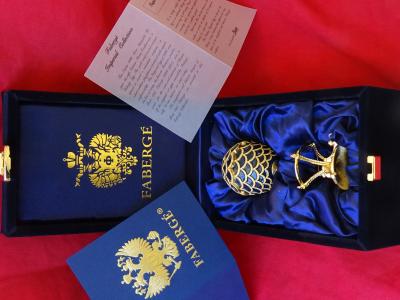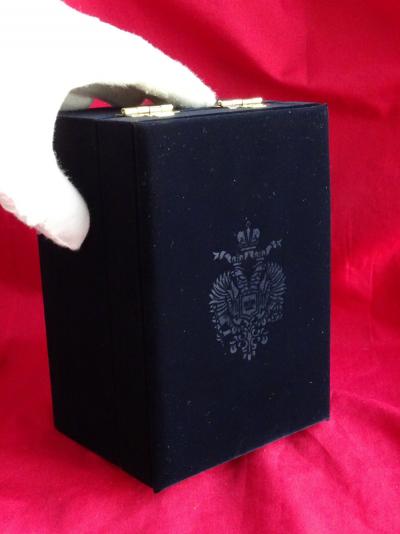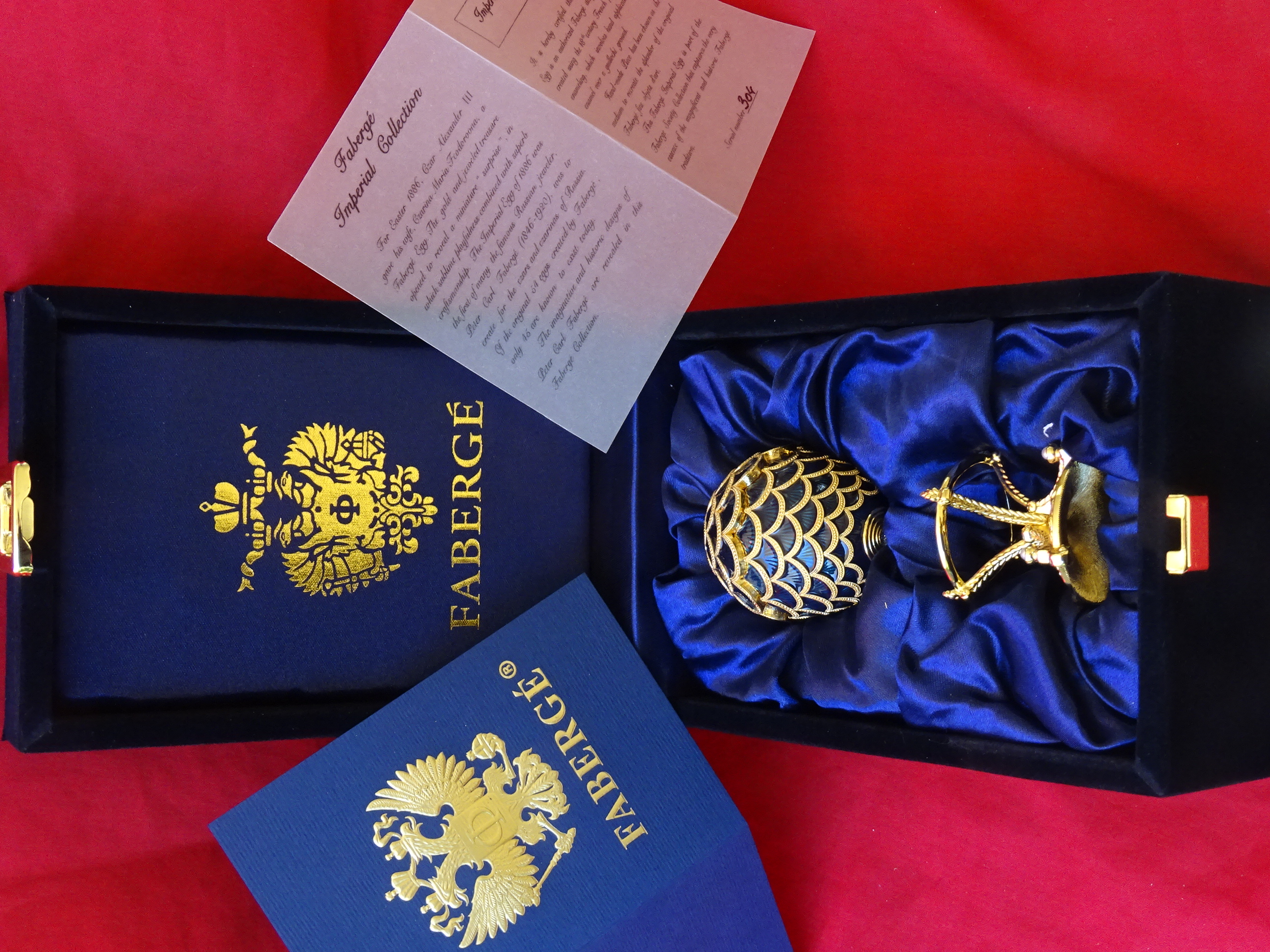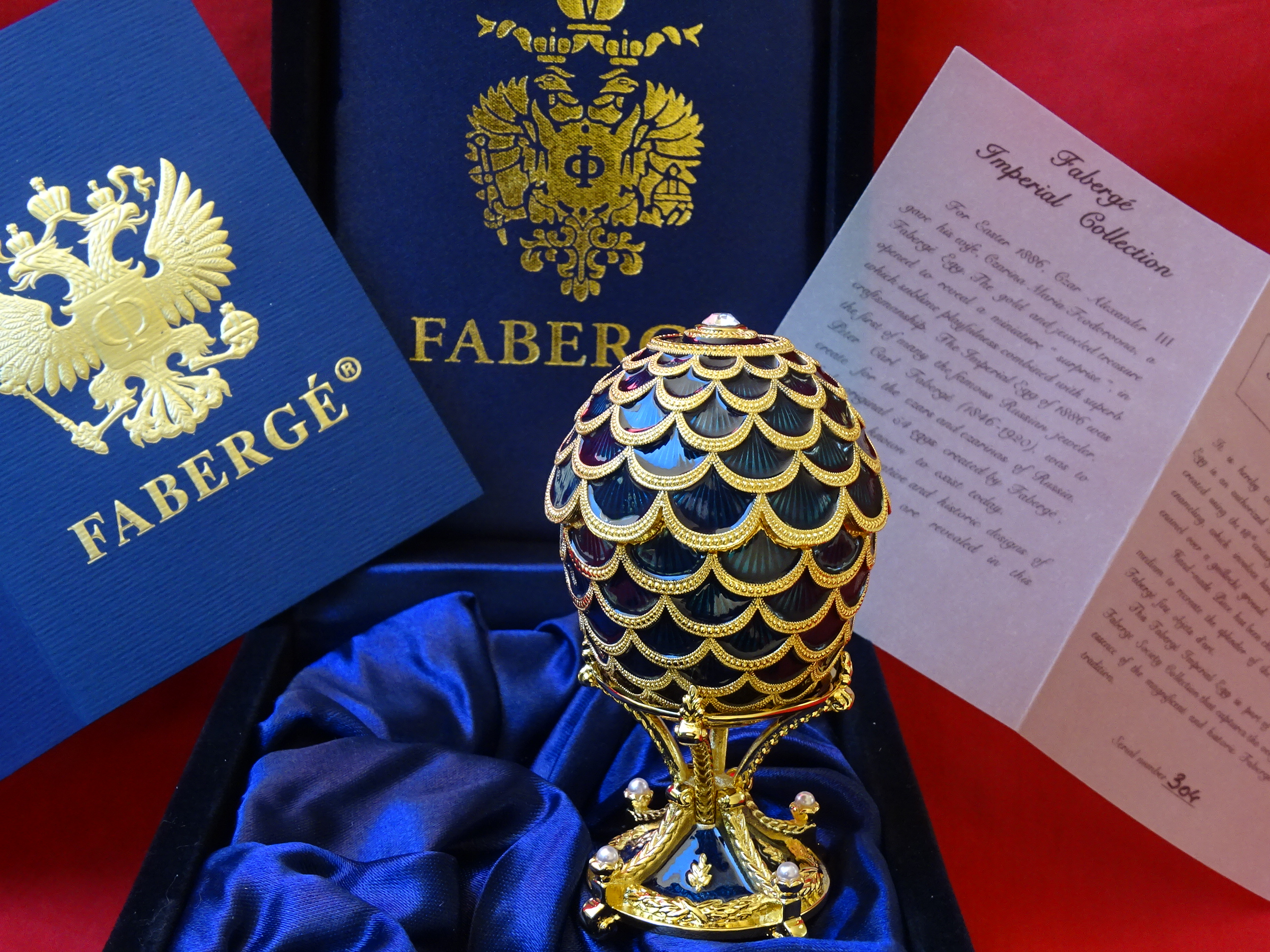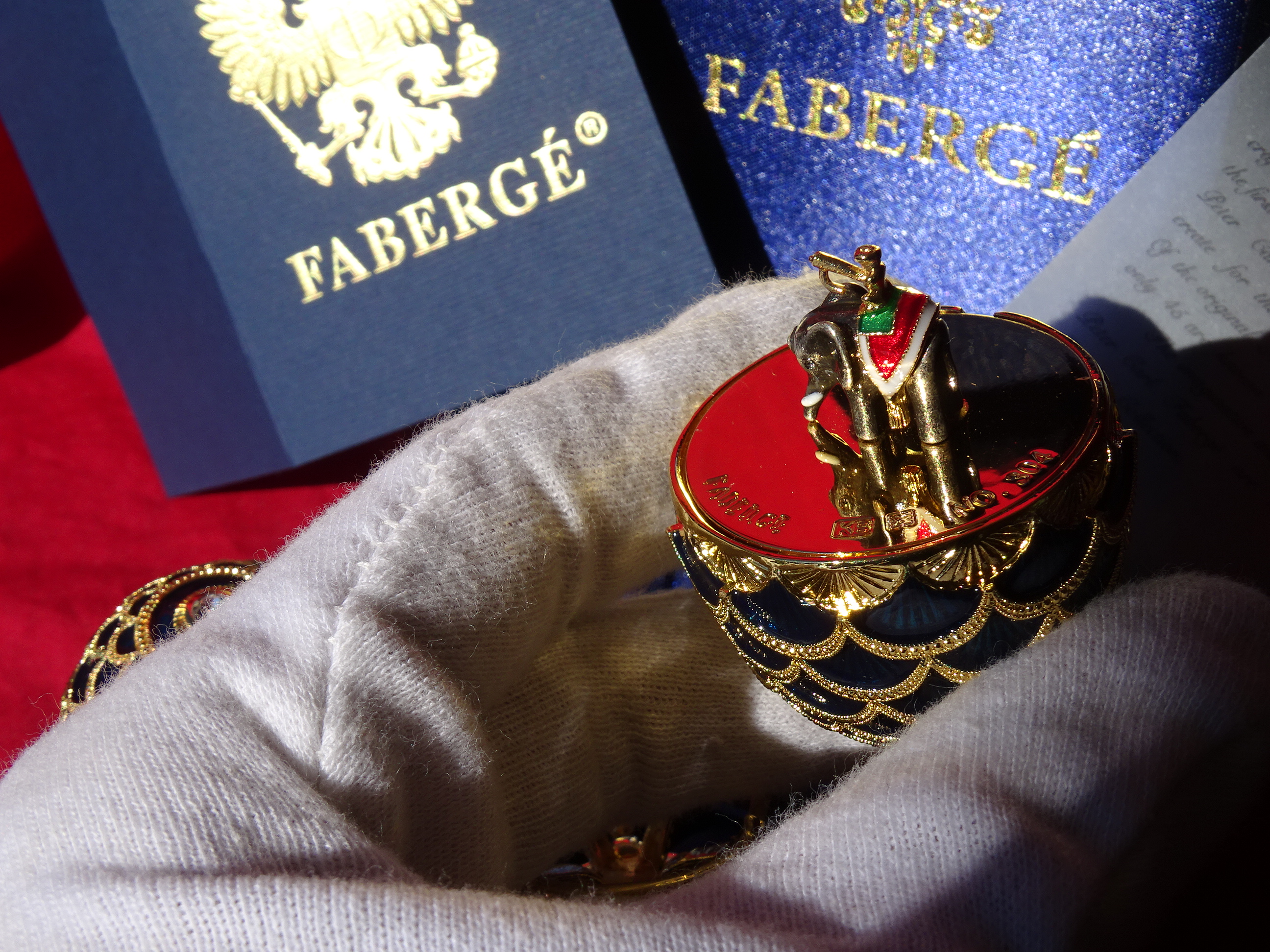Retour
Ver todo el catálogo
-
-
- Alex Katz(2)
- Alexander Calder(18)
- André Derain(89)
- Andy Warhol(39)
- Antoni Tapiès(32)
- Arman(37)
- Aurélie Nemours(1)
- Bengt Lindström(7)
- Bernard Buffet(234)
- César(11)
- Charlotte Perriand(9)
- Claude Weisbuch(55)
- Corneille(14)
- Eduardo Chillida(5)
- François Morellet(1)
- Georges Braque(76)
- Gustave Klimt(11)
- Hans Bellmer(20)
- Hans Hartung(29)
- Henri Matisse(200)
- Hervé Télémaque(6)
- Jacques Villeglé(4)
- Jean Cocteau(184)
- Jean Hélion(10)
- Jean Miotte(1)
- Jean Picart Le Doux(5)
- Joan Miro(120)
- Julio le Parc(1)
- Karel Appel(1)
- Keith Haring(6)
- Ladislas Kijno(2)
- Léonard Tsugouharu Foujita(52)
- Leonor Fini(101)
- Louis Toffoli(5)
- Marc Chagall(466)
- Marie Laurencin(49)
- Maurice de Vlaminck(82)
- Maurice Utrillo(21)
- Max Ernst(38)
- Mimmo Rotella(5)
- Niki de Saint Phalle(4)
- Pablo Picasso(396)
- Peter Klasen(6)
- Philippe Pasqua(1)
- Pierre Alechinsky(48)
- Pierre Soulages(43)
- Pierre Tal-Coat(7)
- Pierre-Yves Trémois(36)
- Raoul Dufy(50)
- Robert Combas(5)
- Salvador Dali(446)
- Théo Tobiasse(7)
- Tony Soulié(10)
- Valério Adami(31)
- Victor Vasarely(9)
- Yves Brayer(40)
- Zao Wou-Ki(23)
Artistas destacados -
-
Retour
Ver todo el catálogo
-
-
- Alex Katz(2)
- Alexander Calder(18)
- André Derain(89)
- Andy Warhol(39)
- Antoni Tapiès(32)
- Arman(37)
- Aurélie Nemours(1)
- Bengt Lindström(7)
- Bernard Buffet(234)
- César(11)
- Charlotte Perriand(9)
- Claude Weisbuch(55)
- Corneille(14)
- Eduardo Chillida(5)
- François Morellet(1)
- Georges Braque(76)
- Gustave Klimt(11)
- Hans Bellmer(20)
- Hans Hartung(29)
- Henri Matisse(200)
- Hervé Télémaque(6)
- Jacques Villeglé(4)
- Jean Cocteau(184)
- Jean Hélion(10)
- Jean Miotte(1)
- Jean Picart Le Doux(5)
- Joan Miro(120)
- Julio le Parc(1)
- Karel Appel(1)
- Keith Haring(6)
- Ladislas Kijno(2)
- Léonard Tsugouharu Foujita(52)
- Leonor Fini(101)
- Louis Toffoli(5)
- Marc Chagall(466)
- Marie Laurencin(49)
- Maurice de Vlaminck(82)
- Maurice Utrillo(21)
- Max Ernst(38)
- Mimmo Rotella(5)
- Niki de Saint Phalle(4)
- Pablo Picasso(396)
- Peter Klasen(6)
- Philippe Pasqua(1)
- Pierre Alechinsky(48)
- Pierre Soulages(43)
- Pierre Tal-Coat(7)
- Pierre-Yves Trémois(36)
- Raoul Dufy(50)
- Robert Combas(5)
- Salvador Dali(446)
- Théo Tobiasse(7)
- Tony Soulié(10)
- Valério Adami(31)
- Victor Vasarely(9)
- Yves Brayer(40)
- Zao Wou-Ki(23)
Artistas destacados -
-
Crear una cuenta
InicioCatálogo completoArtículos de colección (abanico, llaves, pisapapeles)Casa de Fabergé - huevo imperial - Esmalte
Casa de Fabergé - huevo imperial - Esmalte
Colección Imperial de la Casa de Fabergé.
Este huevo fue creado exclusivamente por la Casa Fabergé.
Tamaño del huevo incluyendo la base 8cm
Se trata de un objeto muy cotizado en el mercado del arte.
Esmalte con acabado chapado en oro de 24k y pedrería de swarovski con un brillo muy bonito.
Vea las numerosas imágenes para tener una buena idea de todos los detalles y del magnífico arte de este huevo.
Colgante interior
La familia Fabergé es originaria de Francia pero se vio obligada a abandonar el país debido a la persecución religiosa. Durante el siglo XVIII, la familia se instaló en Rusia. Peter Carl Fabergé nació el 30 de mayo de 1846, hijo de un orfebre. Después de ser aprendiz de varios maestros orfebres en Alemania, Francia e Inglaterra, Peter Carl Fabergé regresó a San Petersburgo convertido en un artesano de gran talento. En 1885, Peter Carl Fabergé presentó el primer huevo imperial al zar Alejandro III y pronto se convirtió en el joyero más famoso del mundo.
Este huevo fue creado exclusivamente por la Casa Fabergé.
Tamaño del huevo incluyendo la base 8cm
Se trata de un objeto muy cotizado en el mercado del arte.
Esmalte con acabado chapado en oro de 24k y pedrería de swarovski con un brillo muy bonito.
Vea las numerosas imágenes para tener una buena idea de todos los detalles y del magnífico arte de este huevo.
Colgante interior
La familia Fabergé es originaria de Francia pero se vio obligada a abandonar el país debido a la persecución religiosa. Durante el siglo XVIII, la familia se instaló en Rusia. Peter Carl Fabergé nació el 30 de mayo de 1846, hijo de un orfebre. Después de ser aprendiz de varios maestros orfebres en Alemania, Francia e Inglaterra, Peter Carl Fabergé regresó a San Petersburgo convertido en un artesano de gran talento. En 1885, Peter Carl Fabergé presentó el primer huevo imperial al zar Alejandro III y pronto se convirtió en el joyero más famoso del mundo.
Este aviso se ha traducido automáticamente. Haga clic aquí para ver la versión original ((locale)
House of Faberge Imperial Collection.
This egg was created exclusively by the House of Faberge.
Size of the egg including the base 8cm
This is an object that is highly quoted on the art market.
Enamel with a 24 k gold plated finish swarovski rhinestones with a very beautiful shine.
See the many pictures to get a good idea about all the details and the superb artwork on this egg.
Pendant inside
The Fabergé family originated in France but was forced to leave the country due to religious persecution. During the 18th century, the family settled in Russia. Peter Carl Fabergé was born on May 30, 1846, the son of a goldsmith. After apprenticing with several master goldsmiths in Germany, France and England, Peter Carl Fabergé returned to St. Petersburg a highly accomplished craftsman. In 1885, Peter Carl Faberge presented the first Imperial Egg to Czar Alexander III and soon became the most famous jeweler in the world.
This egg was created exclusively by the House of Faberge.
Size of the egg including the base 8cm
This is an object that is highly quoted on the art market.
Enamel with a 24 k gold plated finish swarovski rhinestones with a very beautiful shine.
See the many pictures to get a good idea about all the details and the superb artwork on this egg.
Pendant inside
The Fabergé family originated in France but was forced to leave the country due to religious persecution. During the 18th century, the family settled in Russia. Peter Carl Fabergé was born on May 30, 1846, the son of a goldsmith. After apprenticing with several master goldsmiths in Germany, France and England, Peter Carl Fabergé returned to St. Petersburg a highly accomplished craftsman. In 1885, Peter Carl Faberge presented the first Imperial Egg to Czar Alexander III and soon became the most famous jeweler in the world.
Artículos asociados: Joyas y relojes
Venta terminada
"Este lote no está disponible. Haga clic en ""Ver el catálogo"" para ver lotes similares en venta."
Hotline
+338 9297 7010
No dude en llamarnos en caso de duda
Hacer una pregunta

